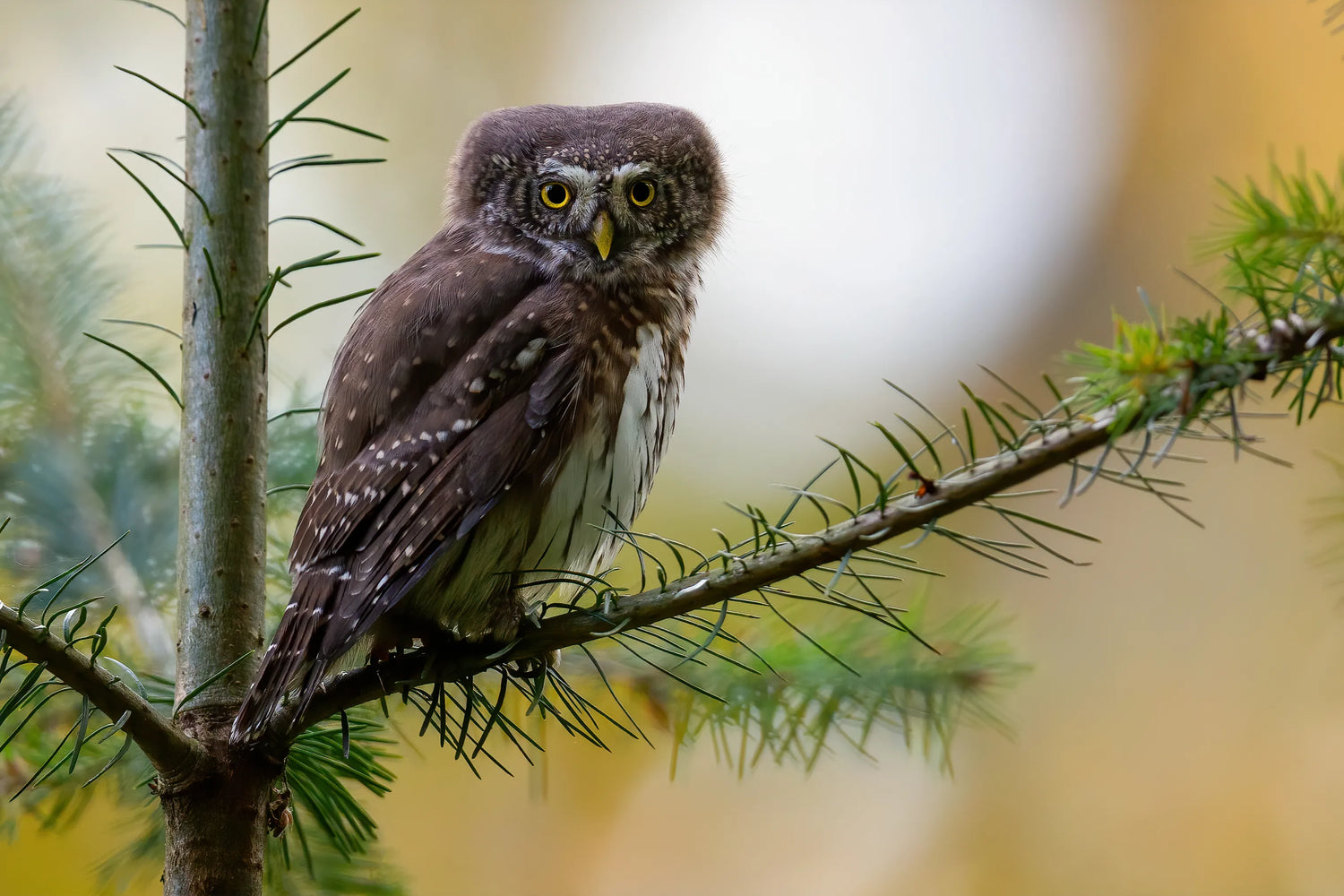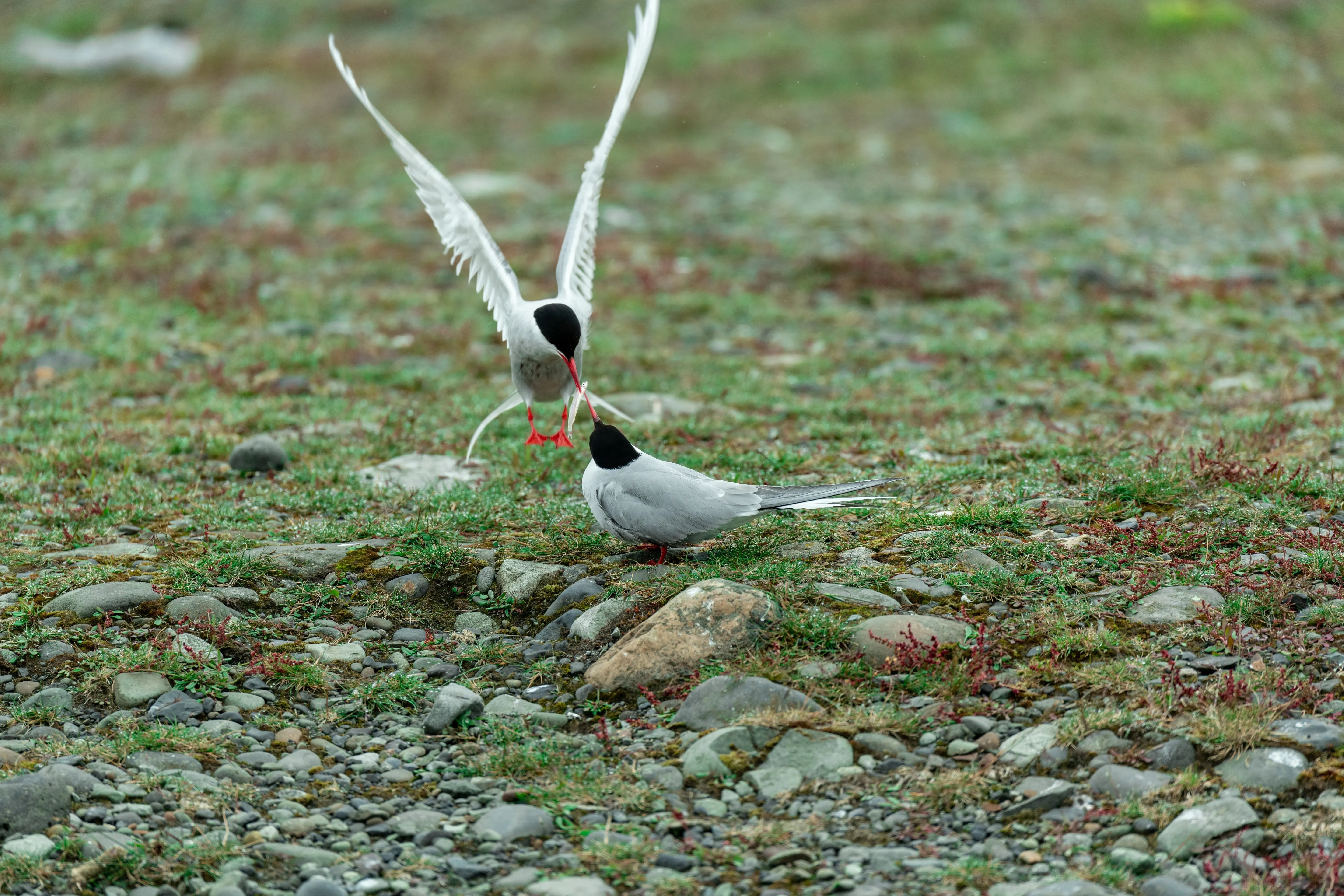Owls have captured human imagination for centuries. Their haunting calls, silent flight, and piercing eyes make them one of the most fascinating—and misunderstood—birds in the world. Whether you're spotting one in your backyard or reading about them in folklore, owls carry an undeniable sense of mystery and magic.
In this post, we’ll swoop into the most intriguing owl facts, discover common types of owls, and answer popular questions like “Do owls sleep at night?” and “What does it mean when you see an owl?” Ready to explore? Let’s get started.
🦉 What Makes an Owl So Special?
Owls belong to the order Strigiformes, which includes over 200 species found on every continent except Antarctica. These nocturnal predators are built for stealth, equipped with extraordinary adaptations.
One of the most remarkable features of owls is their head rotation — they can turn their heads up to 270 degrees! This impressive flexibility compensates for their fixed, forward-facing eyes, which cannot move much within their sockets. This setup gives owls excellent binocular vision and depth perception, perfect for spotting prey in dim light.
Owls also have specialized feathers with a velvety texture that muffles sound, allowing them to fly almost silently. Their facial discs work like satellite dishes, funneling sound to their asymmetrically placed ears for pinpoint accuracy — helping them locate even the tiniest movements in the dark.
🌟 Fascinating Owl Facts You Might Not Know
- Silent Flight: Owls' primary feathers have serrated edges that break up airflow, reducing noise during flight.
- Night Vision: While owls have excellent low-light vision, they aren’t truly "night-vision" creatures; their hearing often plays a bigger role in hunting.
- Pellets: Owls swallow prey whole and later regurgitate undigested parts such as bones and fur as compact “pellets,” which scientists study to learn about their diet.
- Varied Hunting Times: Though mostly nocturnal, some owls like the burrowing owl are active during the day (diurnal).
- Lifespan: In the wild, most owls live between 5 to 10 years, but some species can reach 20+ years in captivity.
🏡 Common Types of Owls You Might See in Your Backyard
While many owls prefer remote forests, some are surprisingly common visitors to suburban and even urban areas.
- Barn Owl: Recognizable by its pale, heart-shaped face and eerie screech, barn owls hunt open fields and farmlands at night.
- Great Horned Owl: Known for its distinctive feather tufts resembling horns, this powerful owl is a top predator across North America with a deep hooting call.
- Eastern Screech Owl: Small yet fierce, these owls come in gray or reddish-brown color morphs and often nest in backyard trees or birdhouses.
- Snowy Owl: Famous from Harry Potter, snowy owls prefer open tundra but sometimes travel south during winter months, making rare appearances in some regions.
Each species thrives in specific habitats — from dense forests and deserts to coastal marshes and city parks.
😴 Do Owls Sleep at Night?
You might wonder: do owls sleep at night like most of us?
Generally, owls are nocturnal—they’re active hunters during the night and rest during the day. However, there are exceptions. The northern hawk owl and burrowing owl are diurnal or crepuscular, meaning they’re active during the day or twilight hours.
Knowing when owls sleep helps explain their hunting habits and diet, and can guide backyard watchers on the best times to spot these elusive birds.
🍽️ What Do Owls Eat?
Owls are carnivores with a diet mostly consisting of small mammals such as mice, voles, and rabbits. Some species also prey on birds, insects, reptiles, and even fish.
Their hunting skills are impressive — silent flight, sharp talons, and acute hearing help them catch prey in total darkness. Owls swallow much of their prey whole and later cough up pellets containing indigestible parts like bones and fur. Studying these pellets can reveal a lot about the local ecosystem.
🌿 How to Attract Owls to Your Backyard?
Attracting owls can turn your backyard into a lively wildlife haven. Here’s how to create an owl-friendly habitat:
- Install Nesting Boxes: Barn and screech owls often nest in manmade boxes if placed in quiet, wooded areas.
- Minimize Artificial Light: Owls prefer darker environments, so limit outdoor lighting to keep the area natural.
- Avoid Pesticides: A healthy rodent and insect population ensures a natural food source for owls.
- Leave Tall Trees and Dead Branches: Owls use these as perches to hunt and rest.
Using a smart bird feeder with night vision capabilities—like Bilantan’s BirdHi Mag Smart Bird Feeder—can help you observe these nocturnal visitors without disturbing them.
📜 The Cultural Significance of Owls: Wisdom, Mystery, and More
Throughout history, owls have held a special place in human culture, often symbolizing wisdom, mystery, or omens.
- In Greek mythology, the owl represented Athena, goddess of wisdom and warfare.
- In some Native American cultures, owls are seen as protectors or messengers from the spirit world.
- Conversely, in parts of Europe and Asia, owls have been associated with death or bad luck.
No matter the culture, seeing an owl can feel like a moment charged with meaning—whether it’s a symbol of insight, a warning, or just a magical encounter with nature.
❓ Frequently Asked Questions About Owls
Q: Can owls be seen during the day?
A: Most owls are nocturnal, but some species like the burrowing owl are active during the day.
Q: What sounds do owls make?
A: Owls hoot, screech, whistle, and sometimes make clicking or barking noises, depending on species.
Q: Are owls endangered?
A: While many owl species have stable populations, habitat loss and environmental changes threaten some, such as the spotted owl.
Q: How long do owls live?
A: Wild owls typically live 5 to 10 years, but some can live 20 years or more in captivity.
🌟 Final Thoughts
Owls are far more than spooky Halloween icons—they’re fascinating, efficient predators with remarkable adaptations and rich cultural significance. Whether you’re listening for a distant hoot or learning about different owl species, the mysterious world of owls offers endless wonder.
📹 Enhance Your Backyard Wildlife Experience with Smart Feeders
Want to catch more amazing backyard wildlife moments? Consider adding a smart bird feeder to your setup. Bilantan’s BirdHi Mag Smart Bird Feeder attracts feathered friends during the day and even captures surprise nighttime visitors like owls with its night vision camera—helping you enjoy nature’s magic up close without disturbing your wild neighbors.




Leave a comment
All comments are moderated before being published.
This site is protected by hCaptcha and the hCaptcha Privacy Policy and Terms of Service apply.